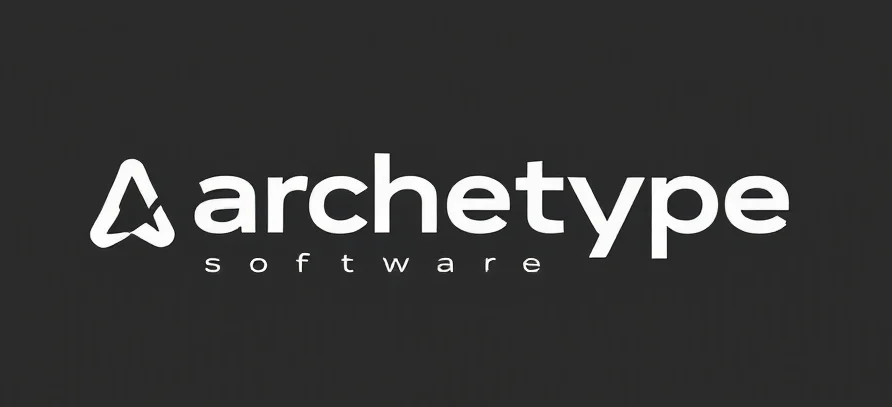Decoding Viral Nose Strips: The Hidden Science and Surprising Truths
Imagine this: you’re scrolling through social media, and suddenly, there’s a buzz about a simple beauty hack that promises clear, poreless skin—yes, I’m talking about viral nose strips. They’ve taken the internet by storm, with countless videos showing dramatic before-and-after shots. It’s almost like a scene straight out of a sci-fi flick—an everyday gadget that seemingly zaps away blackheads with a quick peel. But beneath the surface of this viral craze lies a fascinating blend of science, marketing, and a bit of mystery. Today, let’s embark on a journey to understand what’s really going on with these nose strips, their science, and whether they’re worth the hype.
The Origin of the Nose Strip Phenomenon
Back in the day, skincare was all about elaborate routines and expensive treatments. But with the rise of social media, a new hero emerged: the humble peel-off strip. These sticky strips, designed to sit on your nose and then be pulled off, promise to remove blackheads and excess sebum—those pesky little plugs that clog your pores. The story of how they went viral is almost like a space-age transmission: quick, visual, and easy to share. People love seeing that satisfying *peel* and the immediate results. It’s a digital age version of a magic trick, but the question is—what’s really happening during that peel?
The Science Behind Nose Strips
What Are They Made Of?
Nose strips are typically made of a flexible fabric or film coated with a sticky, adhesive substance—mostly a type of thermoplastic elastomer or similar material. When applied, they conform closely to the skin’s surface, gripping onto the debris and sebum in your pores. Once dried, you peel them away, ideally taking with them the blackheads, dirt, and oil that have accumulated.
How Do They Work?
Think of your pores as tiny, often clogged tunnels. Over time, oil, dead skin cells, and dirt build up inside these tunnels, creating blackheads. When you apply a nose strip, the adhesive penetrates into the pores, anchoring onto the debris. Upon removal, it pulls out some of the blockages—at least that’s the theory. But here’s where the science gets interesting: the effectiveness depends on the strip’s ability to grip tightly and the nature of the debris itself.
The Myth vs. The Reality
Here’s where the story gets a little sci-fi-like—because the viral videos often show blackheads visibly lifted out of the skin, creating a satisfying visual. But the reality is more nuanced. Studies and dermatologists agree that nose strips primarily remove surface debris and some sebum that’s close to the skin’s surface. They don’t necessarily clean out the deep-seated blackheads deep in the pores. That’s why some users are disappointed when the blackheads reappear soon after use.
Furthermore, the strips can sometimes pull at the skin, which is delicate. Overuse or aggressive peeling can lead to irritation, redness, or even minor skin damage. So, while they seem like a miracle, they’re more like a quick fix—best used sparingly and as part of a broader skincare routine.
The Cultural and Marketing Impact
What makes viral nose strips particularly fascinating isn’t just their science, but how they’ve been marketed and embraced as a social phenomenon. The visual appeal of peeling away blackheads taps into our love for satisfying visuals—like popping bubble wrap, but on your face. Marketers have cleverly capitalized on this, creating a cycle of hype with influencers and user-generated content that amplifies their popularity.
From a storytelling perspective, it’s akin to a sci-fi gadget that promises to solve a universal problem—blackheads—quickly and effortlessly. But like many sci-fi inventions, the reality is a little more complex and less perfect. It’s a reminder that sometimes, the simplest solutions aren’t always the ultimate answer, and that understanding the science behind the hype helps us make smarter choices.
Should You Use Them?
So, should you hop on the viral nose strip bandwagon? If you’re looking for a quick way to remove surface impurities and enjoy that satisfying peel, they can be a fun addition to your skincare routine. Just don’t expect them to be a permanent fix for blackheads or a substitute for a consistent skincare regimen involving cleansing, exfoliating, and moisturizing.
Remember, the best way to keep your pores healthy is to combine good skincare habits with patience. And if you’re unsure or have sensitive skin, consulting a dermatologist is always a wise move.
The Takeaway
Viral nose strips are a fascinating blend of science, marketing, and social media magic. They do work to remove surface debris and give that satisfying peel, but they’re not a magic wand for blackhead removal. Understanding the science behind these gadgets helps us appreciate their place in our skincare toolkit—fun, satisfying, but best used wisely.
Next time you see a viral nose strip video, remember it’s a snapshot of a complex process. Science is always at play, and with a little knowledge, you can make smarter choices—and keep your skin healthy and happy, just like a sci-fi hero navigating a complex universe.
Checkout ProductScope AI’s Studio (and get 200 free studio credits)
